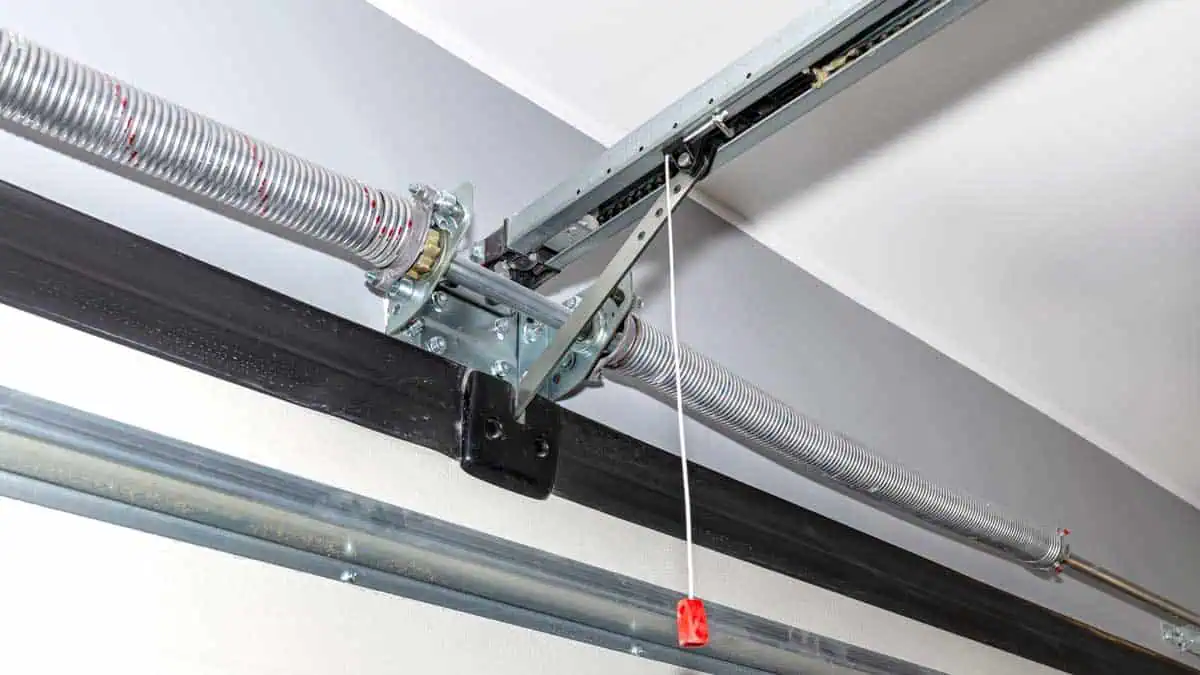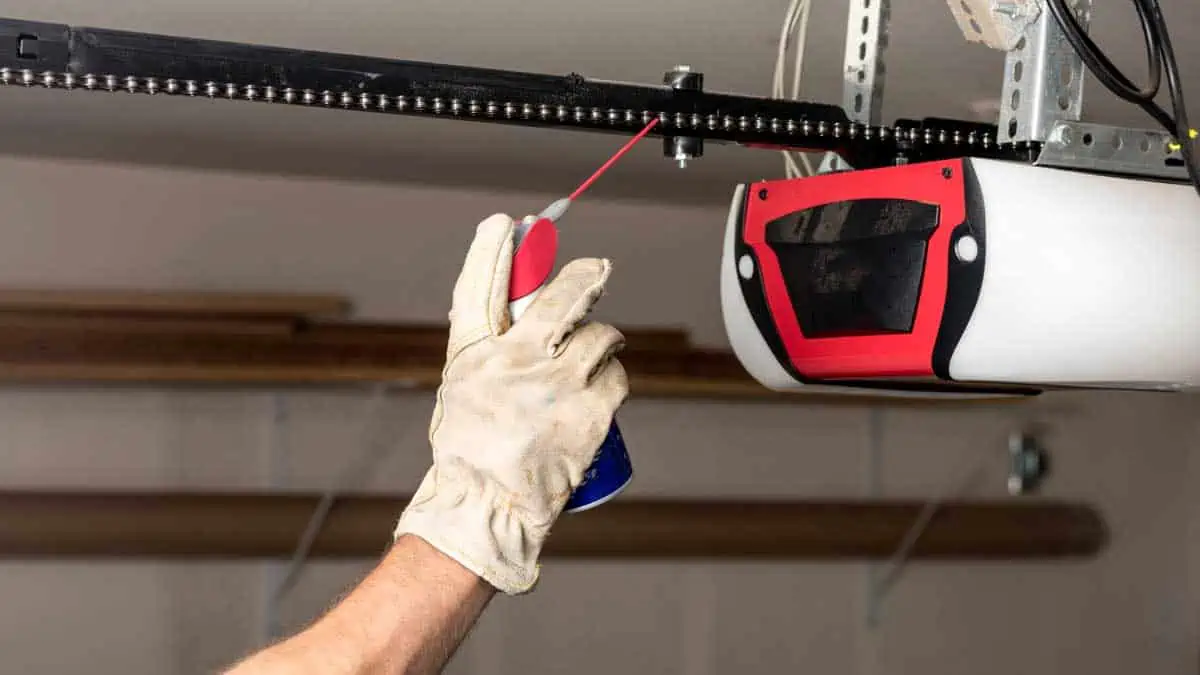Broken garage door openers can become a significant problem requiring immediate repair. Therefore, homeowners must have sufficient knowledge about garage door openers. It helps identify issues promptly and seek professional help for repair. Unfortunately, most homeowners do not know about the technicalities of a garage door opener. For starters, it can keep you in the hood when your garage door needs assistance.
Garage door openers are among the hardest-working parts of residential properties across the country. Even then, it is one of the most overlooked aspects of a garage.
In this article, let us help you gain knowledge about guitar doors that will give you a better insight into garage doors. We will discuss the four main types of garage door openers and go over how homeowners should pick a motor and horsepower.
Types of Garage Door Openers
Essentially, four basic types of garage door openers are available. Although they are all different, the different types of garage doors share one similarity- having a motor to move a trolley. This trolley is connected to the garage door. The trolley causes the up-and-down movement of the garage door when activated.
Conversely, one major factor contributes to the differences between the different types of garage door openers. It is called the driving utility, which is determined by using chains, belts, or threaded parts.
Here are the four types of garage door openers.
Chain Drive Openers
Chain drive garage door openers feature a metal chain that drives the trolley. The trolley helps elevate or lower the garage door to open and close. This type of garage door opener is the most affordable one, which is why you will see it in most garages across the US.
Although they are budget-friendly, chain drive openers can be noisy because of the chain movements. Therefore, they can cause a lot of inconvenience to people who do not like noise. Due to the same reason, chain drive garage door openers are unsuitable for homes with attached garages.
Belt Drive Openers
Belt-driven garage door openers have a rubber belt. The belt helps slide the trolley when the garage door is activated.
These openers allow the trolley to move over the rubber belt instead of the metal. Therefore, the motion is much smoother than chain drive garage door openers. Not to mention, it also means a much quieter opening and shutting of the door.
Furthermore, the trolley running on the belt drive produces fewer vibrations than other options open and close via chains. Additionally, the reduced number of moving parts reduces the frequent need for maintenance. These openers are suitable for all kinds of houses.
Screw Drive Openers
Screw-driven garage door openers have threaded steel rods in place of chains or rubber belts. The trolly lifts and lowers in compliance with the steel rod’s rotations.
As with the belt drive opener, this garage door opener uses fewer moving parts. Therefore, you are les likely to experience such problems in the long run.
Screw drive garage door openers are smooth and quiet compared to chain drive openers. Like belt drive openers, they are quiet and low-maintenance- perfect for most houses. They also work well in residential properties with the garage adjacent to bedrooms and living areas.
Direct Drive Openers
Direct drive openers are the least complicated ones among the four types. How so? Well, the motor in this type of opener moves the trolley itself. Therefore, they do not have a chain, belt, or threaded piece for the movement.
It simplifies the process of opening and shutting close a garage door through elevation or lowering. Additionally, the absence of extra moving parts leads to a much smoother and quieter operation compared to other types of garage door openers.
Direct-drive garage door openers rarely require maintenance, making them an excellent option for homes with any layout or size.
Horsepower in Garage Doors
A garage door’s horsepower is essentially its listing power. It is the driving force behind the up-and-down movements of a garage door. The necessary/ required level of horsepower depends on the weight and size of the garage door. Typically, heavier garage doors require more horsepower.
The horsepower levels range from 1/3 HP on smaller, cheaper models to 1 ½ HP on high-end ones. Opting for a garage door opener with the minimum horsepower to ensure your purchase lasts for many years.
1/3 HP
Generally, garage door openers with 1/3 HP are suitable for smaller garages (those with space for a single car only). Higher horsepower can usually strain the opener.
½ HP
½ HP garage door openers work well for sectional and dual-vehicle door units. Often, they can provide sufficient power for regular up-and-down garage door movements.
¾ – 1 ½ HP
Experts advise homeowners with more significant residential properties to opt for higher horsepower. Ideally, pick a garage door opener with ¾ HP or more. It is essential if you use your garage door more frequently than average.
What You Should Know about the Motor
Typically, garage door motors run on either AC or DC currents. Garage door technicians recommend direct current (DC) over alternating current (AC). Garage door openers with DC are preferable because they can quickly turn the alternating current into a direct current. What else? These openers are much smaller, smoother, and quieter, delivering exceptional performance.
Bottom Line
Learning about garage door openers is critical whether you want to buy/ replace yours or want to ensure safety and longevity. Four types of garage door openers are available, with different benefits. As such, each is suitable for a different purpose. Get in touch with us today if you are looking for a garage door repair and installation business in Tampa Bay. We can help with any issue you may have, using our years of experience and excellent expertise.







